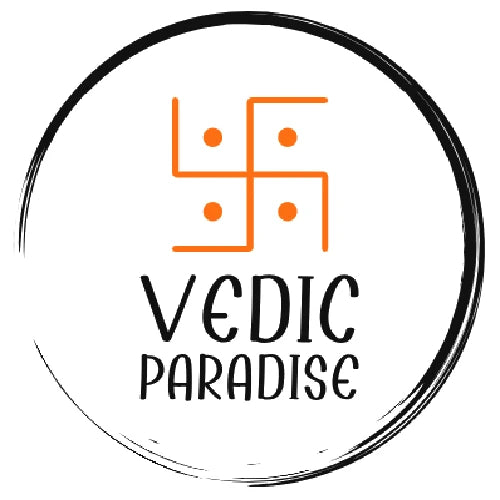How Is Velvet Made?
Millions of extremely fine threads combine to form velvet. Two sheets of cloth, each of a different thickness, are tightly woven one on top of the other on a particular loom. The layers are then carefully separated to create a lovable soft thick pile look. You can imagine how labor-intensive the procedure was and how only the very affluent could afford the finished fabric.
Since 2000 BC, the earliest examples of velvet have been found in china and ancient egypt. From the 1300s onward, the fabric was traded via the renowned Silk Road to medieval Europe. The Italian cities of genoa and venice were among the first to create velvet in europe. It served as an inspiration to painters of the luxurious renaissance, including michelangelo and leonardo da vinci, who even created their own velvet materials. Painting and, as we've learned, photographing these scenes was difficult, but the old masters achieved it, and the results are incredibly lifelike.
Modern Velvet
Natural fibers can be used to create modern velvet, including silk with a rayon backing, cotton, which produces a less opulent but still beautiful fabric, linen, mohair, wool, and even raffia palm, which is how kuba velvet is manufactured in the democratic republic of the congo.
Additionally, there are variations that are entirely synthetic that are created from materials like polyester, nylon, viscose, acetate, and a variety of ingenious combinations of synthetic and natural fibers.
Over the past 4000 years, velvet has advanced considerably. All people can now afford it. But it still has that enigmatic beauty and exudes a particular, extra-luxurious air.
Types Of Velvet
Plain velvets: are those that have a pile covering the entire surface. Plain velvets were referred to as kadife in the middle east, most notably in bursa (delibas 1986).
Embossed velvets: Although there are fewer examples in india, they were more widespread in persia. On plain velvet that had been prepared, stamps were used to compress the pile in the appropriate places to achieve the desired design. However, there isn't a lot of literature information offered.
Velvets with embroidery: Because of their superb appearance and extensive usage of gold and silver, velvets with embroidery were mostly utilized for formal events. Over basic velvet, metal threads were utilized to embroider, giving the garment a rich, pricey appearance.
Ikat velvets: Using the ikat coloring technique and silk as the preferred thread, ikat velvets were among the priciest types of velvet made. The rate of manufacturing was incredibly sluggish because of the sophisticated Ikat production processes, but this is precisely why these velvets are considered to be of the highest quality.
